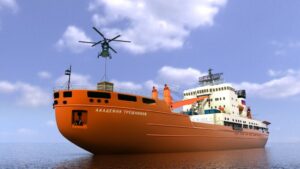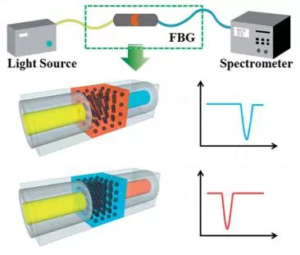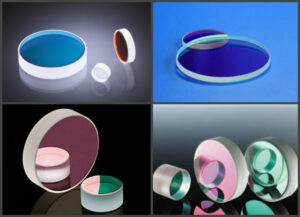Shallow landslides pose a serious threat to structures situated in close proximity. The most dangerous are some flow-like landslides that travel at significant rates for long distances. The detaching area is the starting point for flow slides that erode and engage large amounts of soil along their path and may discharge great impact energy to engineering structures.
The detection of landslide triggers has been an important issue for many years; significant efforts have been undertaken to understand the mechanisms responsible for landslide triggering, as well as to identify the first signs of soil instability. This information will aid in the development and implementation of effective early warning systems. Among triggering, factors for a landslide are slope saturation, groundwater seepage, excavation, erosional processes, seismic action, etc. All these factors increase shear stress and pore water pressure, which in turn cause sliding surfaces due to high strain in the sliding mass. The strain increases with the approach of flow sliders; the strain increases exponentially as the landslide approaches. Soil instability follows, which causes erosion.
Therefore, the strain is the most important parameter for landslide monitoring. In recent years, fiber optic technology has attracted significant interest due to the multiple advantages that it provides. Fiber optic strain sensors are already widely used in geotechnical applications, including landslide monitoring. recently, the results of experiments involving FBG strain sensors have revealed that FBG sensors can be successfully used for measuring strain in the soil since it is possible to effectively couple the fiber cable with the soil.
One of the most attractive attributes of FBG strain sensors for landslide triggering detection is that FBG sensors do not interfere with the phenomenon that they are designated to monitor.
Optromix, Inc. is a U.S. manufacturer of innovative fiber optic products for the global market, based in Cambridge, MA. Our team always strives to provide the most technologically advanced fiber optic solutions for our clients.
Optromix is a fast-growing vendor of fiber Bragg grating (FBG) products line: fiber Bragg grating sensors, FBG interrogators, and multiplexers, Distributed Temperature Sensing (DTS) systems. We create and supply a broad variety of top-notch fiber optic solutions for the monitoring of various facilities all over the world.
If you are interested in Optromix FBG strain sensors, please contact us at info@optromix.com


 The ship’s hull, when floating or moving through the waters, is exposed to different types of forces. The magnitudes and points of those forces depend on the shape of the ship’s hull. The
The ship’s hull, when floating or moving through the waters, is exposed to different types of forces. The magnitudes and points of those forces depend on the shape of the ship’s hull. The  The FBG structure can change with the use of the refractive index, or the grating period. The grating period can be uniform or graded, and either localized or distributed in a superstructure. The refractive index has two main features, the refractive index profile, and the decline. The refractive index can be uniform or apodized, and the refractive index decline is positive or zero.
The FBG structure can change with the use of the refractive index, or the grating period. The grating period can be uniform or graded, and either localized or distributed in a superstructure. The refractive index has two main features, the refractive index profile, and the decline. The refractive index can be uniform or apodized, and the refractive index decline is positive or zero. In order to make the fiber
In order to make the fiber  A
A